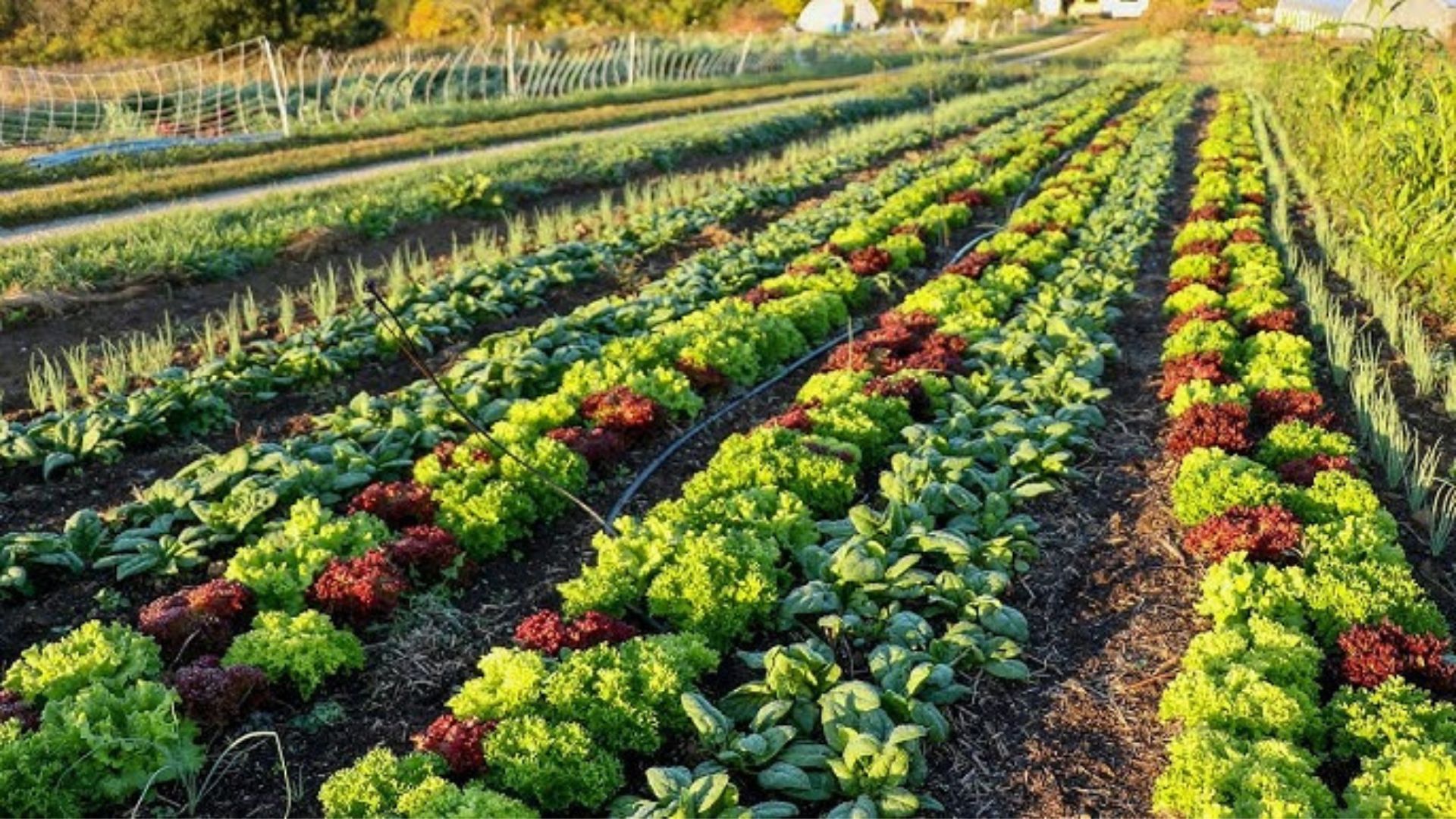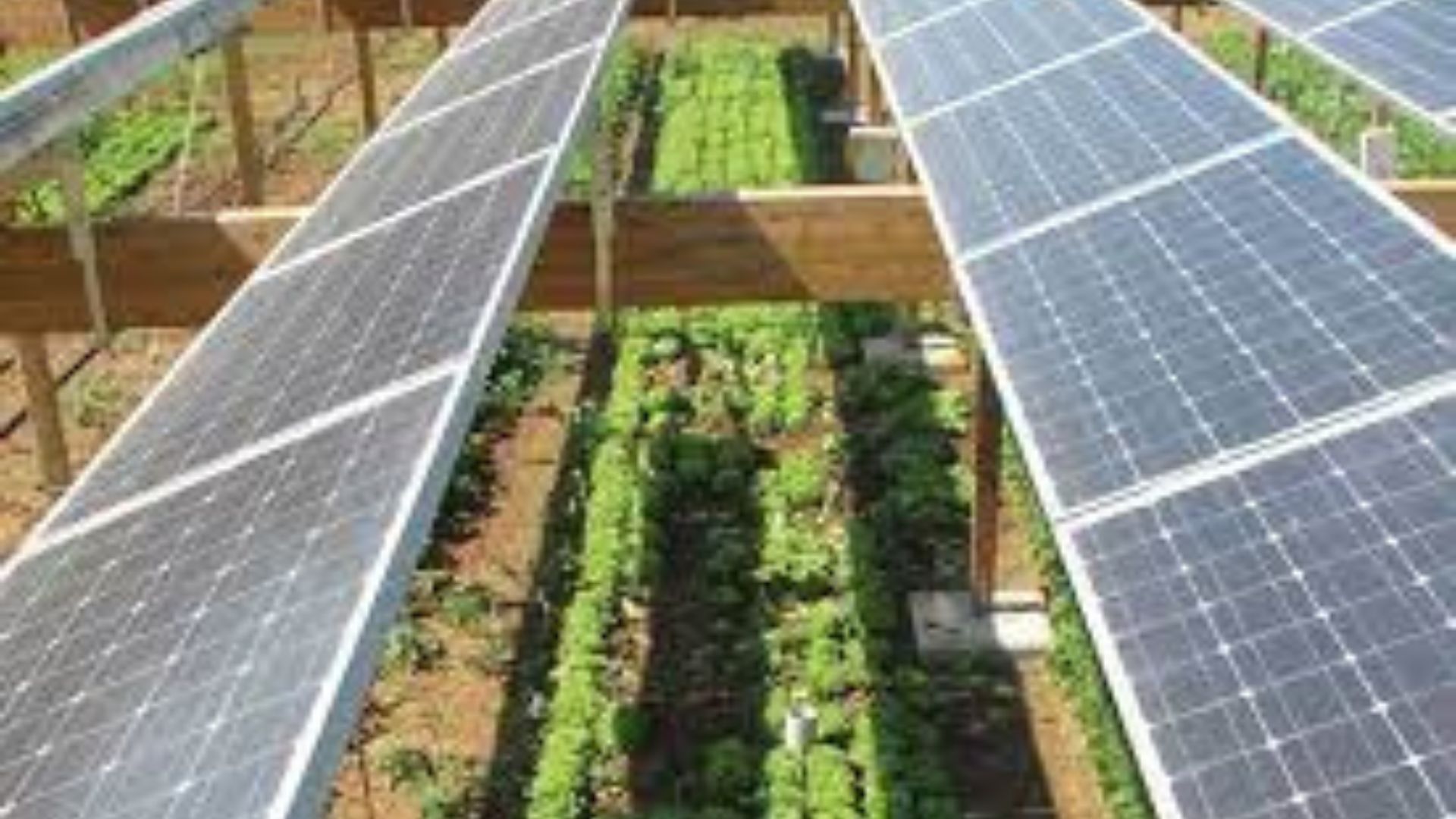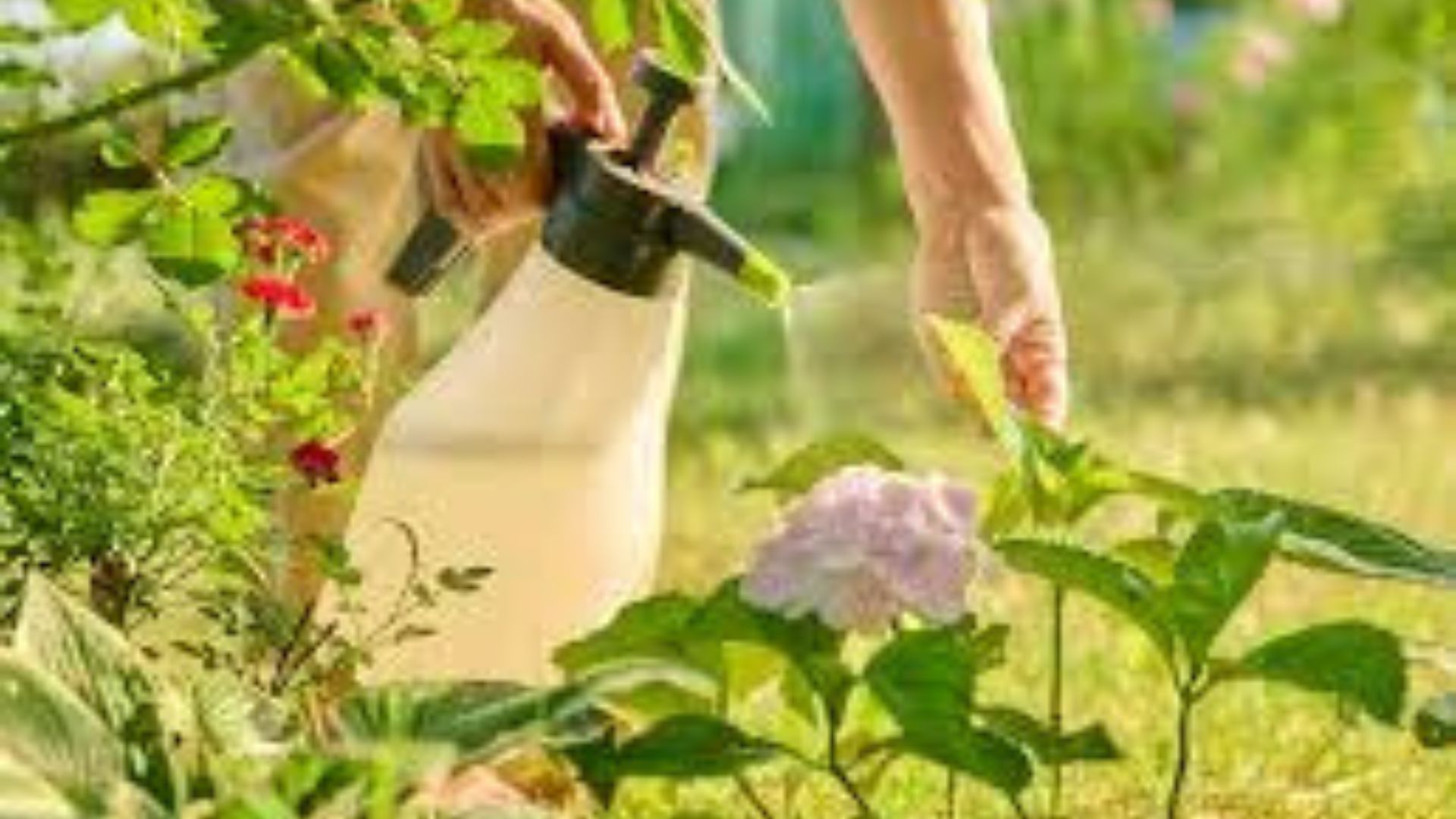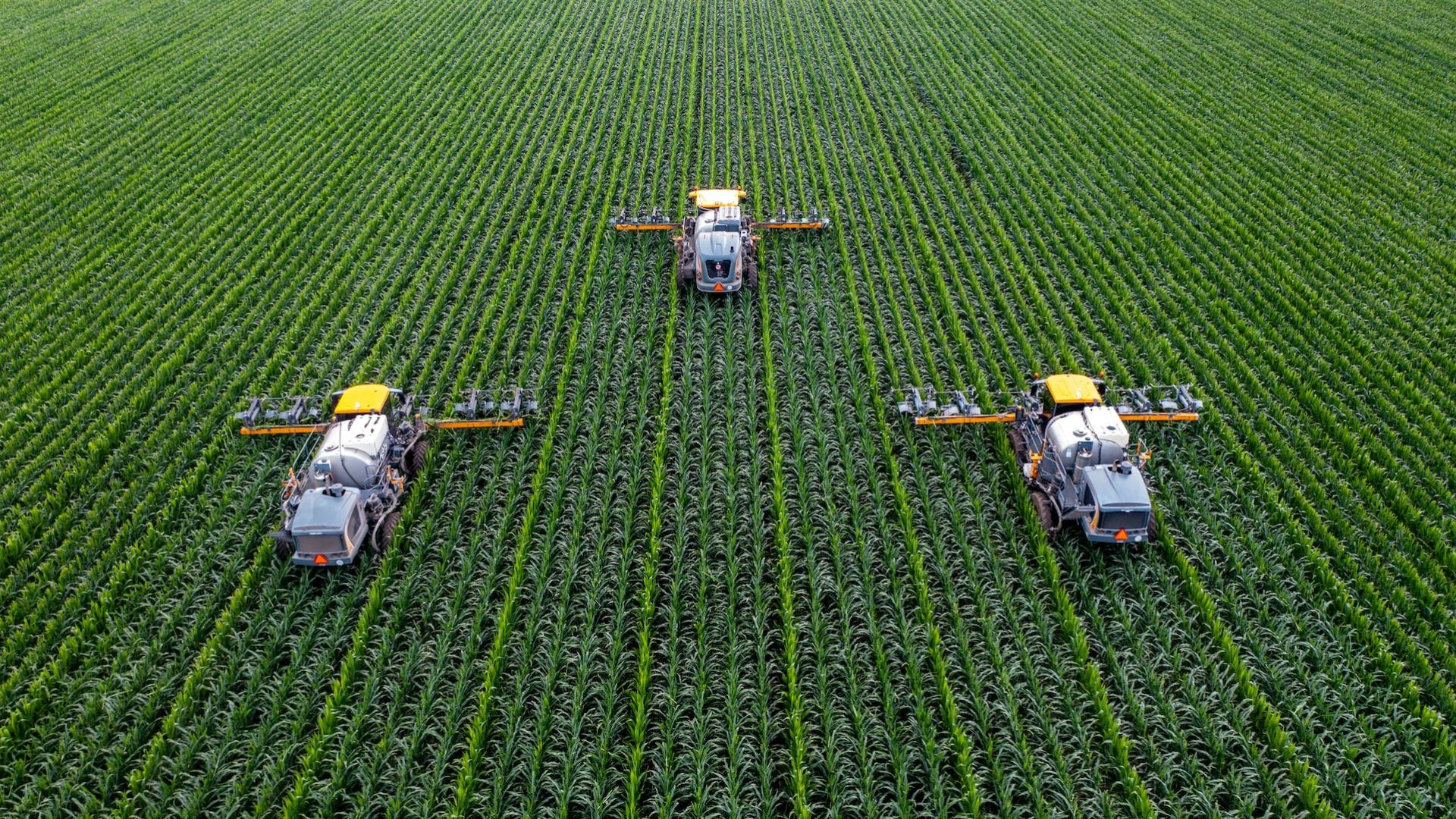If you want a more productive garden or farm without relying heavily on chemicals, companion planting for better yields is a time-tested strategy worth adopting. This method involves planting certain crops together so they support each other’s growth, improve soil health, deter pests, and maximize available space. Farmers and gardeners around the world have used companion planting to increase harvests and promote ecosystem balance naturally.
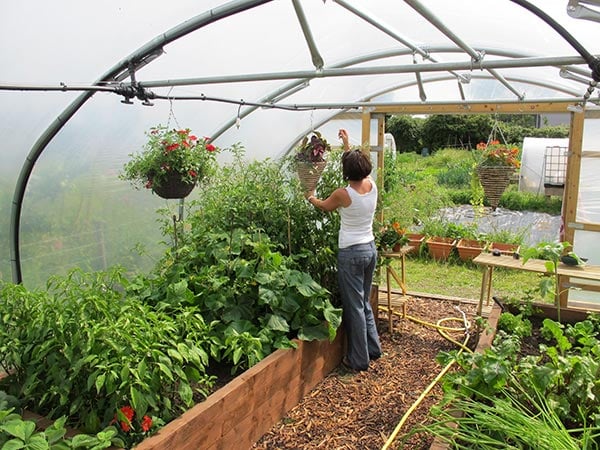
What Is Companion Planting?
Companion planting is the practice of growing two or more crops in proximity based on their ability to enhance each other’s performance. This synergy can result from physical benefits—like taller plants shading sun-sensitive ones—or chemical benefits, such as root secretions that repel pests or attract beneficial insects. When done right, companion planting for better yields leads to healthier crops and fewer inputs like pesticides and fertilizers.
Pest Control Through Natural Partnerships
One of the most valuable aspects of companion planting is natural pest management. For example, marigolds release compounds that deter nematodes and aphids, making them excellent companions for tomatoes and beans. Similarly, basil planted near tomatoes can repel thrips and whiteflies while enhancing the tomato’s flavor. By planting pest-repelling species next to vulnerable crops, you reduce the need for chemical sprays and create a more balanced ecosystem.
Soil Improvement and Nutrient Sharing
Another key benefit of companion planting is improved soil health. Legumes such as peas and beans fix nitrogen in the soil, enriching it for neighboring plants like corn or leafy greens. Deep-rooted plants like daikon radishes break up compacted soil, allowing shallow-rooted crops better access to nutrients and water. This kind of nutrient sharing and soil conditioning leads to more robust plant growth and higher yields over time.
Attracting Pollinators and Beneficial Insects
Pollination is essential for high yields, especially for fruiting crops. Companion plants like lavender, borage, and dill attract bees, butterflies, and predatory insects such as ladybugs and lacewings. These insects not only boost pollination but also help control pests. Strategically placing flowering companions among vegetable crops creates a pollinator-friendly environment that directly contributes to improved harvests.
Space Efficiency and Microclimate Creation
Companion planting also allows for more efficient use of space, especially in small gardens. The “Three Sisters” method used by Indigenous farmers is a classic example: corn grows tall, beans climb the corn stalks, and squash spreads along the ground to suppress weeds. Together, these three plants support one another physically and nutritionally. Similarly, planting lettuce beneath taller crops can help keep it cool and prevent bolting in hot weather, creating a beneficial microclimate.
Examples of Effective Companion Planting Combinations
Understanding which plants work well together is key to success. Here are a few proven pairings that enhance productivity:
-
Tomatoes + Basil + Marigold: Repels pests, improves flavor, and boosts growth.
-
Carrots + Onions: Onions deter carrot flies, while carrots do the same for onion pests.
-
Cabbage + Dill: Dill attracts beneficial wasps that prey on cabbage worms.
-
Corn + Beans + Squash: Classic trio for soil improvement, pest control, and efficient spacing.
Avoid pairing crops that compete heavily for the same nutrients or space, such as potatoes and tomatoes, which attract similar pests and diseases.
Conclusion: Grow More by Growing Smarter
Using companion planting for better yields allows you to work with nature, not against it. By thoughtfully pairing crops, you can improve pest control, enhance pollination, enrich the soil, and maximize your space. This method reduces your reliance on chemicals, lowers input costs, and results in healthier, more productive plants. Whether you’re a home gardener or a small-scale farmer, companion planting is a powerful tool for increasing both the quantity and quality of your harvest.






